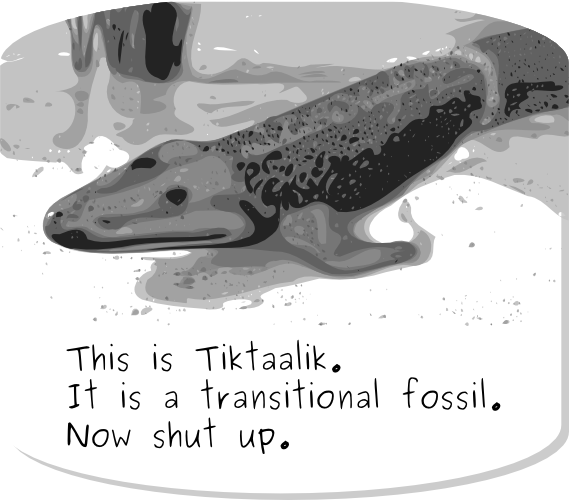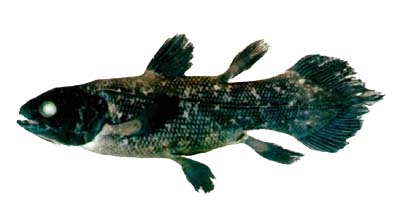How about resurrecting something harmless first? Y'know, like a fish...

...oh, wait. Nature's already done that.
The coelacanth (genus Latimeria) is the most widely-known example of a living fossil. Up until the 20th century, it was thought that the coelacanth, a fish whose fossil record goes all the way back to the Devonian period, had literally died with the dinosaurs at the end of the Cretaceous Period.

An old coelacanth relative. MUCH older than any of yours, seeing as it's extinct.
Then, in 1938, one was pulled up by accident off the coast of South Africa. More and more of the strange fish began popping up around that area, Madgascar, and, strangely enough, Indonesia. The African and Indonesian coelacanths are separate species, leaving at least one whole genus of coelacanth somewhere beneath the ocean. Ocean trawling may dig up more (but that's not a good thing; after all, it means more dead coelacanths and less live ones).
Besides being a living fossil, coelacanths are valuable missing links. Those fins look an awful lot like the beginnings of legs; coelacanths are closer to tetrapods (i.e. anything with a spine that ISN'T in the water) than ray-finned fish, and are related to lungfish. The only thing closer would be a live Tiktaalik.

Too funny not to link. Tiktaalik will get its own entry, soon.
Coelacanths have a number of other weird biological features that set them apart from other fish. Aside from the lobe-fins, they also sport a tail fin divided into three lobes. They have a number of other weird organs such as a brain case mostly filled with fat, a tubular heart, and a singular kidney. A strange electroreceptive body called a rostral organ on the fish's head allows it to swim upside-down and backwards in order to locate the soft-bodied sea creatures that they eat. To round off the weirdness, they also give birth to live babies.

If only we had more of these.
It would be great if people somehow found a way to breed these. Really, a million museums and aquariums would love to have an actual coelacanth specimen to work with. Despite being of HUGE interest to scientists around the world, very few places have a real coelacanth, dead or alive, on display. The fish is not good for eating, just for sticking in museums and zoos, but hooo boy would it make a mint for anyone willing to try. Like the tuatara, coelacanths' relatively slow reproductive rate (sexually mature at 20 years...just like the tuatara) makes them hard to breed in captivity. They would likely also outlive their breeders (again, like the tuatara).

Plus, it has its own Pokemon. And Castlevania monster.



No comments:
Post a Comment